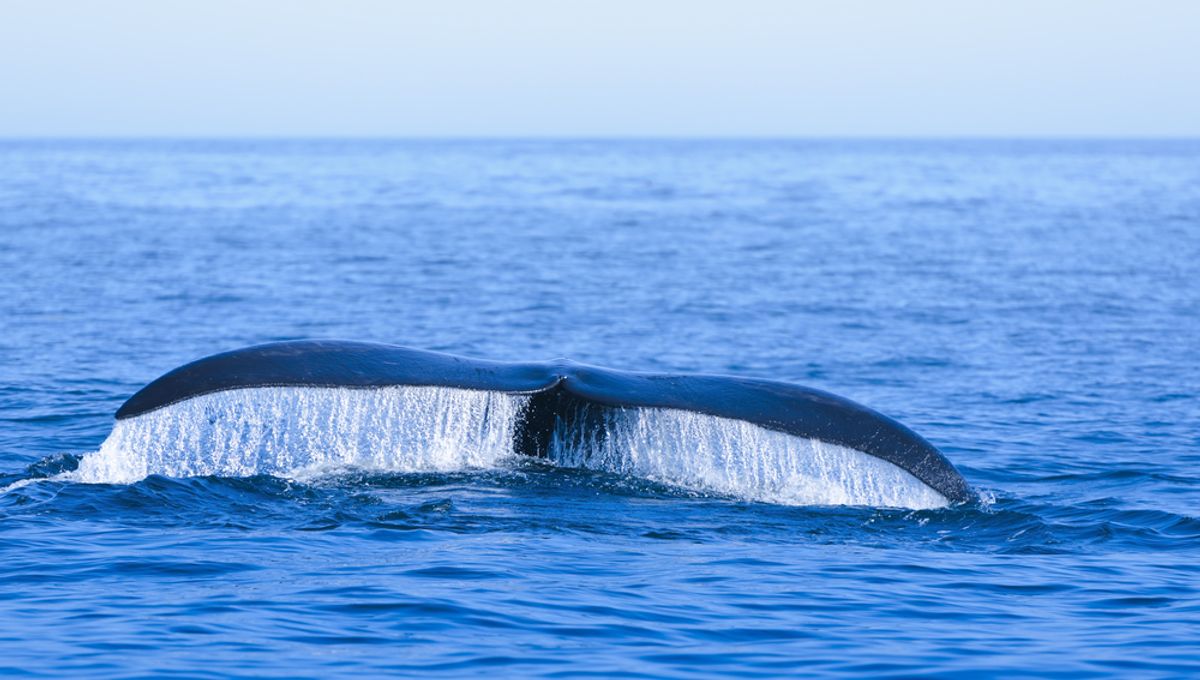
A new study of ancient whale bones suggests that medieval European hunters may have targeted two species of whale to the point of extinction in the eastern North Atlantic.
Although whaling took place on an industrial level during the 19th and 20th centuries, the practice in general is thought to have been present in coastal communities for thousands of years. Keen to understand how whaling of the past might inform whale management in the present, researchers have turned to the analysis of ancient whale bones.
“Mediaeval cultures are especially associated with the early growth of whaling, but the targets and scale of these activities are poorly understood given the limitations of pre-modern historical records,” wrote the authors of a new study investigating ancient whaling.
Their research aimed to determine the main species subjected to early whaling and how their frequency within archaeological records compared to other species, both at the time and during later industrial whaling.
The study looked at 719 pieces of whalebone collected from sites across northern and western Europe, dating back from around 3500 BCE to the 18th century. To determine the species each fragment belonged to, the researchers analyzed the composition of a protein called collagen in the bone – collagen composition differs across whale species and so makes a useful identifier.
What they observed was somewhat counterintuitive.
The species that were the main focus of industrial whaling, such as blue and humpback whales, and those that are abundant today (like the common minke whale) were rarely found amongst the fragments of bone. Instead, they saw that two species now extinct in the eastern North Atlantic Ocean – the Atlantic grey whale and the North Atlantic right whale – were the most frequently found.
From this, the researchers concluded that right whales may have been frequently targeted by medieval hunters, in line with the limited body of pre-modern historical records mentioning whales. Grey whales were also common targets, but this was an unexpected finding, as they aren’t mentioned as often within the records.
As for why the two species were hunted to extinction, the study authors hypothesized:
“Both the grey whale and the North Atlantic right whale may have fallen victim to a perception of limitless natural abundance, due to ease of hunting and initially high numbers in coastal waters during the inception and early development of European whaling.”
Once they became a fixed element in whaling practice, hunters may then have targeted them to the point of extinction, regardless of whether they noticed a decline in numbers.
Whether right and gray whales were a target because they were easier to hunt or happened to be the most abundant species at the time is unclear. However, the study concluded that answering this question will be vital to understanding the oceans of the past and, potentially, the ecology of whales in the future.
The study is published in the journal Royal Society Open Science.
Source Link: Medieval Whaling May Have Sent Two Species To Extinction